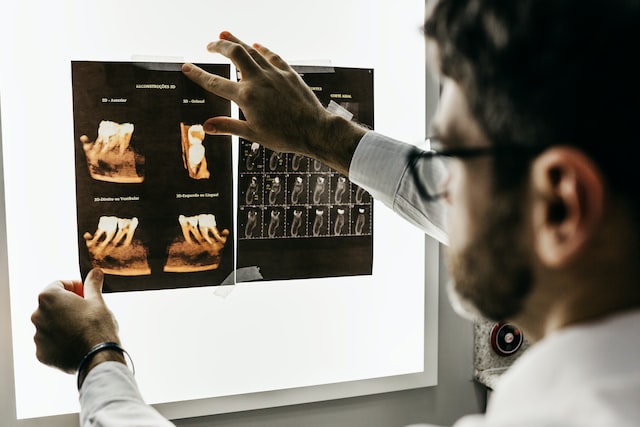Tooth And Support Tissues

Teeth are supported by several layers of tissue, each with a specific function. These layers include:
-
Enamel: The outermost layer of the tooth is called enamel, and it is the hardest and most mineralized tissue in the body. Enamel is a transparent, white substance that protects the tooth and helps to maintain its shape. It is composed of tightly packed crystals of a substance called hydroxyapatite.
-
Dentin: Dentin is the layer of tissue that lies underneath the enamel and makes up the majority of the tooth. It is a hard, yellow substance that is less mineralized than enamel and is more porous. Dentin is formed by cells called odontoblasts and is responsible for the yellow color of teeth.
-
Pulp: The pulp is the innermost layer of the tooth and is made up of blood vessels, nerves, and connective tissue. It is located in the center of the tooth and extends from the crown (the visible part of the tooth) down to the root. The pulp is responsible for nourishing and protecting the tooth and is essential for its survival.
-
Cementum: Cementum is a thin layer of tissue that covers the root of the tooth. It is a hard, calcified substance that helps to anchor the tooth in the jawbone. Cementum is formed by cells called cementoblasts and is essential for maintaining the stability of the tooth.
-
Periodontal ligament: The periodontal ligament is a thin layer of connective tissue that surrounds the tooth and helps to support it in the jawbone. It is made up of fibers that attach the cementum of the tooth to the alveolar bone of the jaw. The periodontal ligament helps to absorb shock and allows for slight movement of the tooth, which is necessary for normal chewing and biting.
